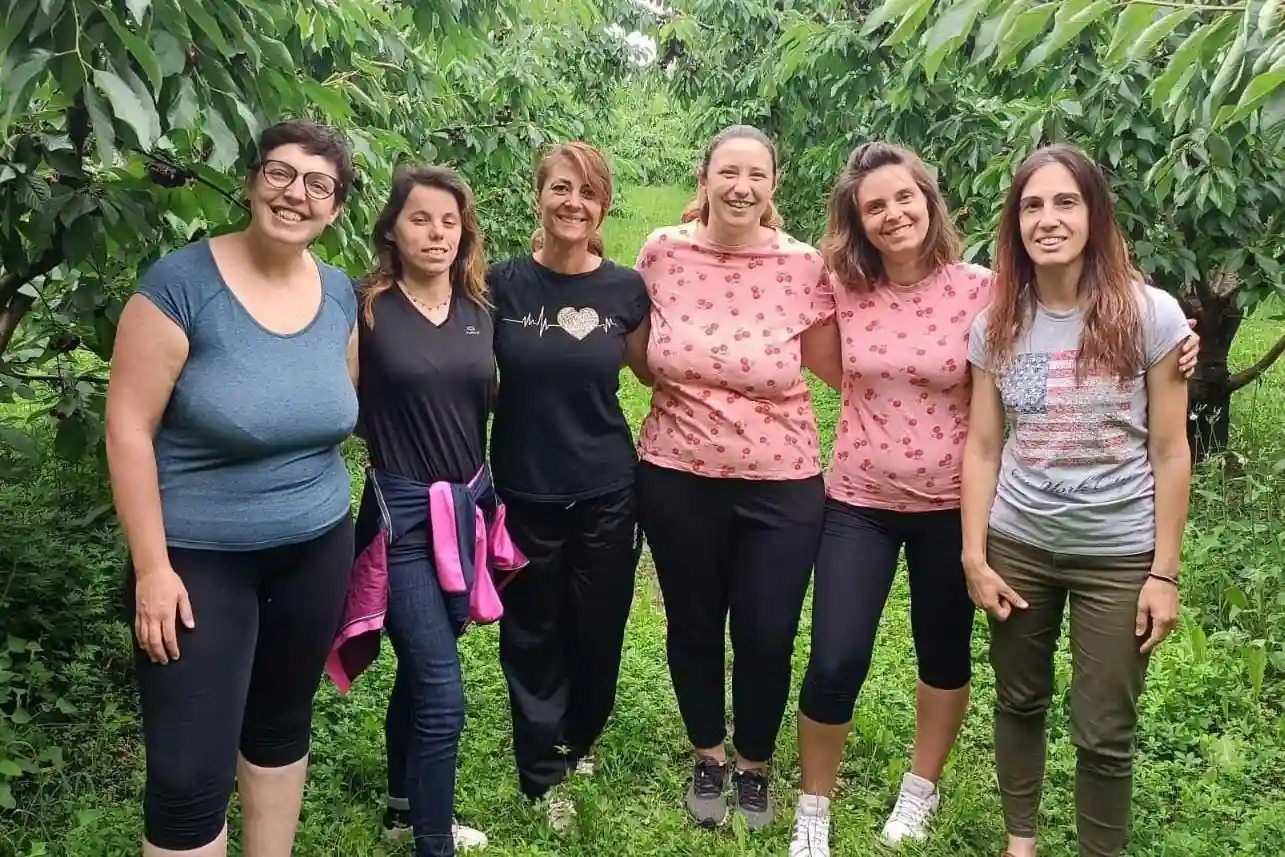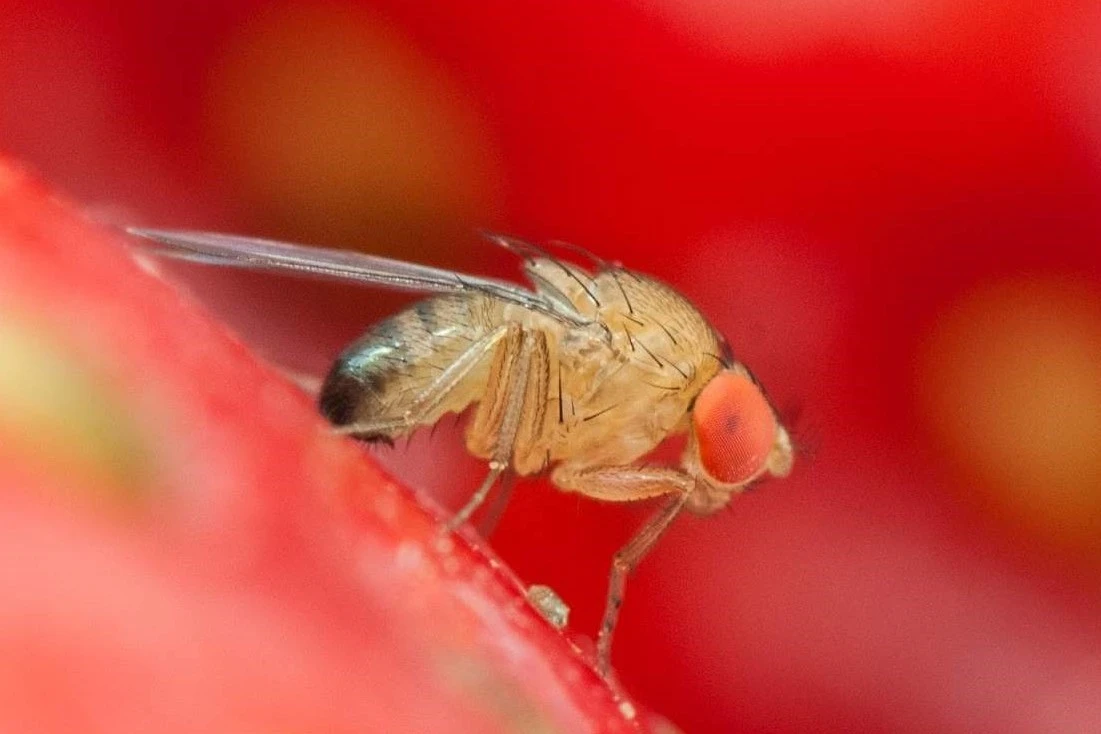In Vignola, the cherry is much more than a fruit: it is identity, culture, and economy. But without generational renewal, the risk is seeing it disappear. Now, a group of young farmers is launching a project to reverse the trend.

A top-quality supply chain without heirs
Fewer and fewer sons, fewer and fewer grandchildren: in Vignola, in the province of Modena, the cherry-growing tradition risks being lost. The numbers are clear: veteran farmers are leaving the fields, but young people are not stepping in. Thus, the future of Italy’s most famous cherry – recognized and appreciated abroad as well – becomes uncertain.
What will happen in 15 or 20 years, when the demographic knot becomes a concrete emergency? This is the question that prompted a group of under-50 producers to react, with the aim of creating a network capable of giving new life to the supply chain.
The first public meeting is scheduled for September 24 at 8:00 p.m. in Spilamberto, at Osteria degli Obici.
Moira Stefani: “We need a new generation of farmers”
At the forefront is Moira Stefani, owner of the eponymous farm. Her mission is clear: to secure a future for Vignola cherries by involving a new generation of producers.
“Every year,” Moira explains, “we receive new resignations from farmers. There are no sons or nephews willing to continue, and generational turnover is practically nonexistent. This risks breaking a tradition.”
Hence the idea of building an association of under-50 farmers, with the intention of giving voice to those who still believe in the territory. The legal form is still being defined, but dialogue with trade associations is already underway. Alongside Moira, the project also includes Simone Amidei (Bettino Amidei Farm) and Rossella Zanasi (Frutteria Bigone Agricultural Company).
The challenge starts in schools
One of the cornerstones of the project is education in schools. The goal is to make young people aware of the farmer’s profession, the concrete opportunities, and the training paths available.
“At 30 you can reinvent yourself, of course,” Moira explains, “but why not start earlier? We must convey that agriculture is beauty, value, and opportunity.”
Moira herself is proof that it is never too late: “I’m 46 and started at 40, when I took over the family land. My uncles had lost interest, but I decided to invest in our heritage.”
Cherries and tourism: the experiential path
Beyond production, Vignola also focuses on experiential agriculture and rural tourism. An example? Self-picking: for 5 euros (about $5.40) per kilo, visitors can pick cherries directly from the rows, with no labor costs for the farm and an engaging experience for tourists.
“Many don’t imagine how much beauty there is in Vignola. Agriculture can also be culture and tourism if we know how to network it.”
Degusta Vignola: taste, landscape, and women leading the way
Among the most successful initiatives is "Degusta Vignola – the Cherry Magnalonga," an event that combines flavors, nature, and territory. Five farms, all run by women, open their doors to visitors along a 10 km route.
“It’s not tiring,” Moira explains, “because at each stop you rest at a farm. In three and a half hours, you enjoy a complete experience.” The menu pays homage to cherry creativity: tigelle with cherry jam, tarts, ice cream with mousse, herbal teas, and even artisanal gin.
Women are the protagonists: “They are courageous; they truly believe in it.”
A community to rebuild
There is still much work to do to preserve Vignola’s human capital. But the direction is clear: aggregation, participation, and courage are needed. The under-50 project represents a first, important step.
The future of Vignola cherries could start right here.
Source: myfruit.it
Image source: Il Resto del Carlino
Cherry Times - All rights reserved













